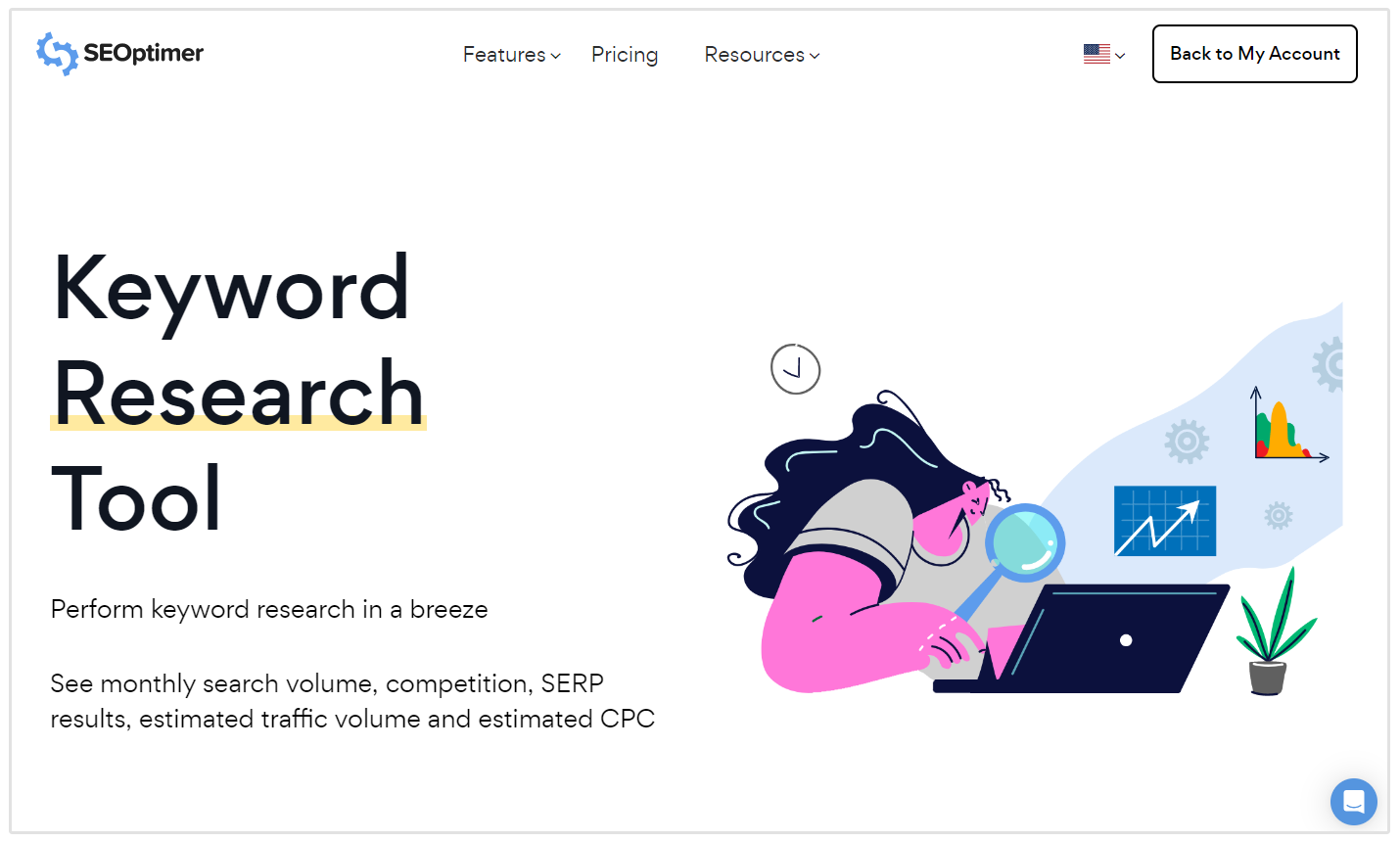Recognizing Secondary Dimensions in Google Analytics: What is a Secondary Dimension and How It Improves Information Evaluation
Recognizing Secondary Dimensions in Google Analytics: What is a Secondary Dimension and How It Improves Information Evaluation
Blog Article
Introducing the Influence of Second Measurement in Google Analytics on Information Evaluation and Insights
In the world of data analytics, the utilization of additional dimensions within Google Analytics has actually arised as a crucial tool for drawing out much deeper understandings and unraveling facility patterns that could or else remain obscured. By peeling back the layers of main data collections, second dimensions supply a nuanced point of view that improves the understanding of customer actions, website performance, and the performance of advertising and marketing techniques.
Checking Out the Idea of Additional Dimensions
Additional measurements in Google Analytics supply added understandings by permitting customers to assess primary data in conjunction with a second feature. This feature allows a much more complete understanding of the main data by including another layer of details for evaluation. By integrating second dimensions, customers can dig deeper right into the data and discover important connections that might otherwise go undetected. By pairing the main data of web site traffic with second dimensions like demographics or behavior, marketing professionals can get a more thorough view of their target market and tailor their approaches appropriately.
By exploring the various secondary dimensions offered in Google Analytics, customers can open brand-new insights and optimize their electronic advertising initiatives. In essence, secondary dimensions serve as a powerful device for enhancing information evaluation and driving actionable results.
Enhancing Information Analysis With Second Measurements
Having developed the fundamental understanding of second dimensions in Google Analytics and their critical duty in information evaluation, the focus currently changes in the direction of leveraging these second credit to boost the interpretation of analytics data (what is a secondary dimension in google analytics). By integrating secondary measurements into information evaluation, experts can obtain deeper understandings right into individual habits, website efficiency, and advertising and marketing efficiency

Moreover, additional measurements assist in contextualizing primary information metrics by offering extra layers of info. This contextualization aids in comprehending the 'why' behind the information fads, assisting experts make informed optimizations and choices to boost general efficiency. Inevitably, incorporating additional dimensions enriches the information analysis process, causing more significant understandings and strategic actions.
Revealing Hidden Insights Via Secondary Measurements
Exploring the midsts of analytics data with second dimensions exposes beneficial insights that would otherwise stay obscured. By incorporating additional dimensions in Google Analytics, services can uncover covert patterns, trends, and connections that offer a more thorough understanding of user habits and web site performance. These extra layers of data permit analysts to delve deeper into the key dimensions, such as traffic resources or landing pages, and gain an extra nuanced viewpoint on how various variables engage with each various other.
Through the usage right here of secondary measurements, experts can section and compare information throughout numerous dimensions, enabling them to recognize details variables that affect individual interaction, conversion rates, and total success metrics. By pairing the main dimension of 'gadget category' with the additional measurement of 'age group,' marketing experts can determine which age demographics favor accessing the site through mobile tools versus desktop computers.
Leveraging Secondary Measurements for Actionable Analytics
Structure upon the understandings revealed via additional dimensions in Google Analytics, organizations can currently harness this enriched data landscape to drive workable analytics and critical decision-making. By leveraging additional measurements, companies can dig much deeper into their data to draw out beneficial patterns, patterns, and connections that might have previously gone undetected. This deeper degree of analysis makes it possible for organizations to gain an extra detailed understanding of user habits, project performance, and overall website efficiency.
One trick advantage of utilizing additional measurements for actionable analytics is the capability to sector data based upon specific standards. This division allows organizations to tailor their techniques and projects to different audience teams, leading to much more targeted and reliable marketing efforts - what is a secondary dimension in google analytics. In addition, secondary dimensions supply an even more all natural view of individual communications, enabling businesses to optimize their internet site web content, design, and overall customer experience
Making The Most Of Decision-Making With Second Measurements
To Discover More Here enhance tactical decision-making in analytics, leveraging additional dimensions in Google Analytics can supply a much more nuanced perspective on user habits and campaign performance. By integrating second measurements right into data analysis, organizations can dive deeper right into the specifics of their site site visitors' interactions and involvement patterns. This extra layer of details enables a more thorough understanding of just how different variables, such as demographics, gadgets, or traffic sources, influence key performance indications.

Final Thought
Finally, making use of secondary dimensions in Google anchor Analytics plays a critical function in improving information evaluation and uncovering hidden insights. By exploring this idea, one can gain a deeper understanding of individual habits and make informed choices based on workable analytics. Leveraging secondary dimensions enables an extra comprehensive analysis of information and optimizes the effectiveness of decision-making processes.

Report this page